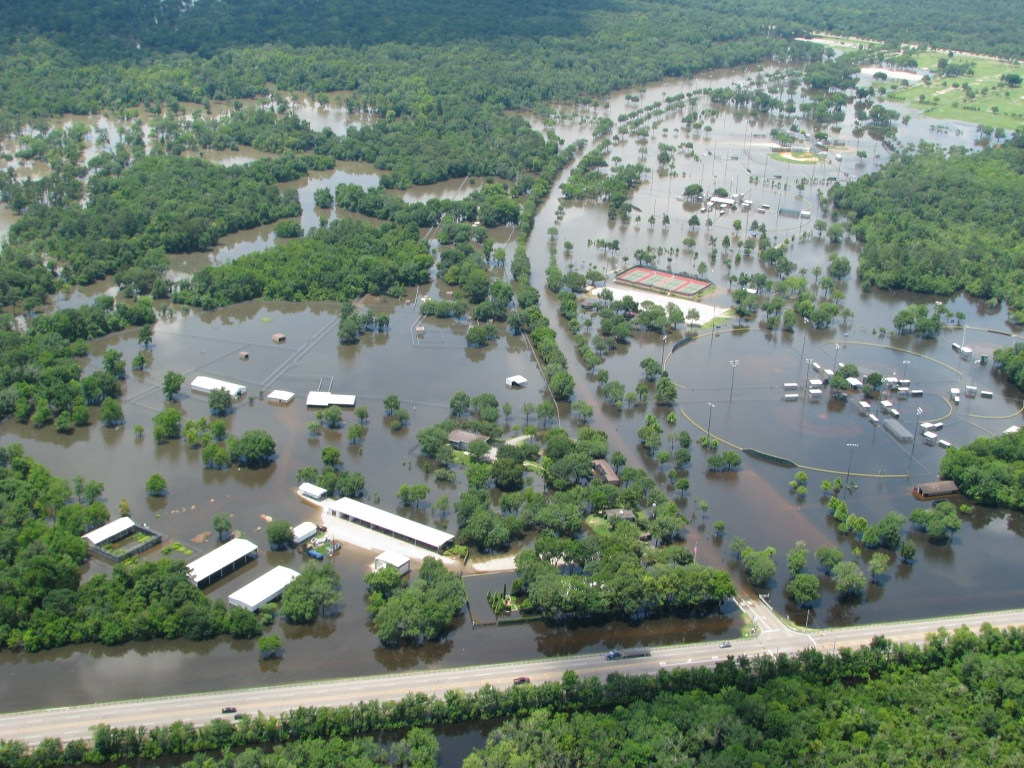On June 19 and 20, the U.S. Environmental Protection Agency hosted an expert’s public health forum to discuss the implications of “blended” effluent discharges from publicly owned treatment works (POTWs). Blending occurs when wet weather flows exceed the plant’s treatment capacity and excess flow must bypass the biological treatment process. This flow is recombined with treated effluent before it is released.
At the forum, 12 panelists, including five engineers and seven public health specialists, agreed to focus on public health and operational aspects rather than policy related to the 2013 U.S. Court of Appeals for the Eighth Circuit ruling. The experts agreed that more data and research is needed to determine the health risks associated with exposure to pathogens and pollutants in wet weather flows. Key risk factors include, but are not limited to, effluent sources, frequency of discharge, duration, use of auxiliary wet weather treatment, receiving water uses, exposure pathways, temperature, climate, and more. Additionally, blending differs at each treatment plant with variations in flow, infrastructure, and many other factors.
Experts did emphasize that blending is a very infrequent event. It is, however, challenging to design POTWs for events that are infrequent and of short duration. Other challenges include indicators for detecting wet weather pollution and reducing infiltration and inflow on private property, which can be a large source of wet weather flows to the plant.
These challenges also must be balanced with the costs to ratepayers and sustainable, long-term investments.




